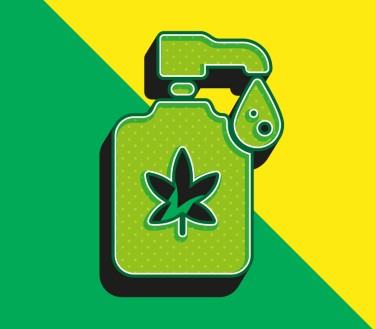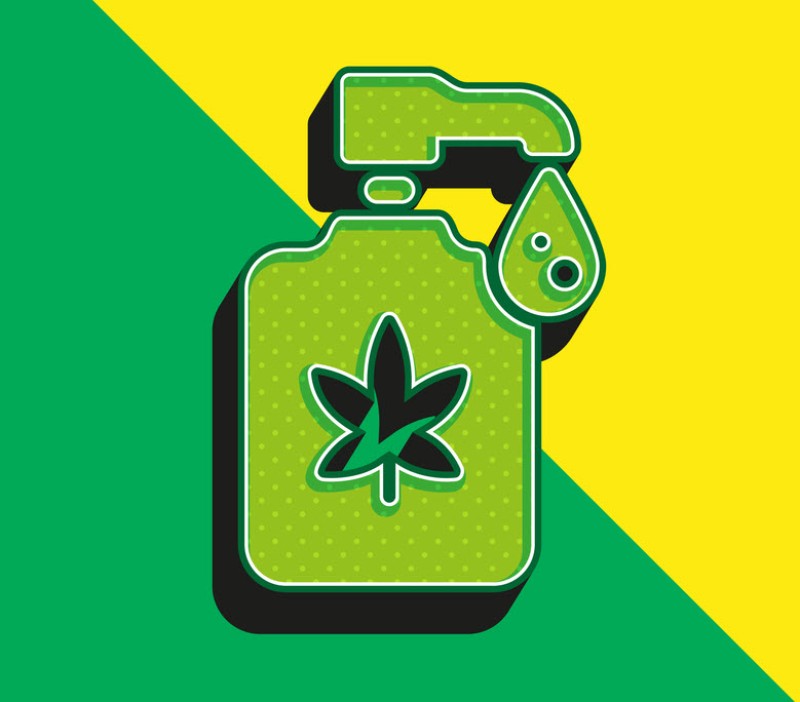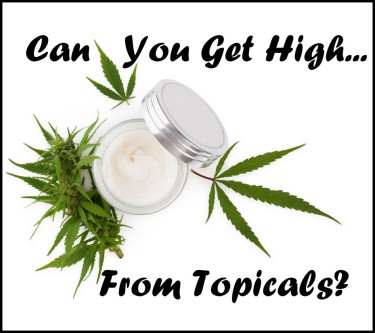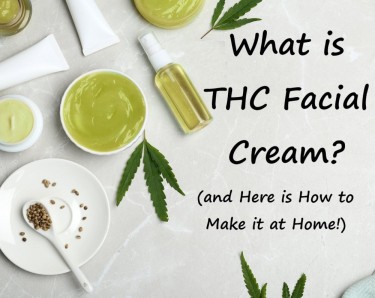
The cannabis topical market is one of the fastest growing segments of the industry.
It appeals to many different types of consumers from various demographics because the assortment of products available – from skin oils to lotions, balms, and healing creams appeal to consumers interested in pain relief and other anti-inflammatory benefits. Whether for skin care or for relief from physical ailments, cannabis-infused topicals have clearly become a huge market and continues to grow.
The global topical cannabis market is set to have a compound annual growth rate of 37.2% all the way through 2024, growing a bit faster than the traditional industry. An increasingly aging population is part of what drives that growth, as well as more people needing natural therapies to protect from ailments, muscle pain, and skin disease.
Having said that, here’s a beginner’s guide for cannabis topicals.
What Are Cannabis Topicals?
Salves, sprays, oils, lotions, creams, transdermal patches, balms… there are what common cannabis topicals look like.
They’re essentially skin care and wellness products that are applied to the skin to serve many different purposes: from cosmetic to first-aid, muscle recovery, and skincare. Some of the conditions they are made to treat include overall skin health, psoriasis, eczema, acne, nerve pain, anti-aging, muscle pain, itch, migraines, burns, dry skin, and more. Lubricant oils can also be used to increase sexual pleasure and reduce pain caused by sex.
These are made by infusing cannabidiol (CBD) or tetrahydrocannabinol (THC), or a combination of both. These special phytochemicals in the cannabis plant have therapeutic benefits as well as minor and major cannabinoid compounds that react with receptors that are found on the skin’s surface.
They are applied topically, which means on the skin, to provide localized relief on the affected area. When used, research shows that they work well to treat inflammation on the skin or under its surface.
What Are The Types Of Cannabis Topicals?
When shopping around for cannabis topicals, you may notice that there are different categories available.
These include full-spectrum, broad spectrum, and CBD isolates. Full-spectrum topicals mean that they are formulated with a complete variety of beneficial terpenes and cannabinoids, while broad spectrum topicals have a similar blend of terpenes and cannabinoids, though THC has been removed.
Meanwhile, CBD isolates contain nothing else except pure CBD.
The best way to know what a cannabis topical contains is to read its label so that you can understand its ingredients. Aside from the cannabinoid compounds, these products also contain an array of ingredients that are good for the skin. Some topical manufacturers include a lab report available either on its label or on their website that enable consumers to know specifically about its cannabinoid and terpene profile.
Will Cannabis Topicals Get You High?
No.
In fact, many people use cannabis topicals precisely because it won’t get you high. That, plus the advantage of it giving localized pain relief. For example, if you have a muscle sprain in your calve that is causing a lot of pain, you can choose to smoke marijuana to get you high while treating the pain. There is also the option of consuming a CBD product, which may or may not contain trace amounts of THC, for overall pain relief. But topicals are applied directly to the calve for quicker pain relief.
Another example is psoriasis; while smoking cannabis can provide some relief from the symptoms of psoriasis over time, applying a topical directly on it will treat the affected area quicker and more effectively without getting you high.
But when it comes to transdermal patches, some of them can get you high.
How Long Does It Take To Feel The Effects Of Cannabis Topicals?
When patients apply cannabis topicals for localized relief from pain and inflammation, its effects can be felt anywhere from 10 to 30 minutes. It’s almost immediate. However, if you are trying to treat skin disease such as psoriasis or eczema, it will require several applications over the course of days or weeks to see an improvement.
There is no standard answer on how long it takes for topicals to be felt, since it also depends on your unique biological makeup, the type of product used, and your previous experience with cannabis and/or topicals.
Will Cannabis Topicals Show Up In A Drug Test?
No.
Topical cannabis products work by crossing the skin and muscle barrier but won’t enter the bloodstream. Unless you have been consuming cannabis in other forms recently such as smoking, vaporizing, taking edibles, or THC oils, then using cannabis topicals alone won’t cause you to test positive on a drug test.
Even if you are using topicals with higher levels of THC than normal, this is not enough to cause urine and blood tests to detect THC in drug tests.
The exception to the rule are transdermal patches; the way these products are designed are similar to nicotine patches, where the compounds go further than the skin membrane and into the bloodstream. So if you are using THC transdermal patches, then there is a possibility that you will test positive for THC in a drug test.
CBD or THC Topicals?
Now that you know that topicals come in many different forms, the last decision you may have to make is to consider a CBD or a THC topical.
Both of these cannabis topical products offer an array of therapeutic benefits. For those seeking pain relief, a product containing both CBD and THC as well as THCA are recommended. However, many people find that CBD topicals work best for a broad range of conditions because of the potent anti-inflammatory properties of this cannabinoid.
The best answer for you may require some experimentation with cannabis topicals. After all, they are safe and well-tolerated and there is no need to worry about getting high, except with transdermal patches.
CANNABIS TOPICALS, READ ON...
CAN YOU GET HIGH ON CANNABIS TOPICALS, OR FOR A DRUG TEST?







